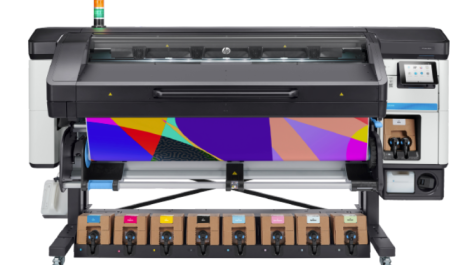The weekly Verdigris blog by Laurel Brunner
We have had a terrific response to the idea that the industry would benefit from a deinking standard. Some of the response has been very positive, and some has been rather more tempered. Between established approaches such as INGEDE Method 11 and a host of bespoke approaches there is a massive gulf. A standard would have to bridge that gulf without being so feeble that it would be useless.
There is no point to developing standards that are not useful in the market, so we must consider as many approaches as possible. The various ideas people have put forward, are providing ISO TC130’s WG11 with the basis for a lively deinking discussion. WG11 is the group that works on standards related to the environmental impact of graphics technology. Its first standard, ISO 16759 for quantifying and communicating the carbon footprint of print media products, was published last July and has been selling at a healthy clip ever since. WG11 has deinking in its sights and will be discussing ideas for a standard at its next meeting in London at the end of March.
Several factors shape the deinkability of printed papers. The type of pulping machine and how long it takes to turn paper into pulp is obviously important, as is the chemistry, surfactants and enzymes involved. It’s a bit like the difference between washing machines and soaps: some combinations work better than others, some are more expensive than others and some have a higher environmental impact. More recent technologies and chemistries would score high for all factors.
And then there is the printed product itself. The printing ink, paper type and printing process used to create it will all influence the deinkability and the suitability of a given deinking process for a particular printed product. And then there’s the type of flotation cell used and the means of ink removal. The flotation cell creates froth which carries the ink up to the surface of the tank, so that it can be removed from the pulp. Obviously the effectiveness of all of this, both environmental and economic, depends on the combination of ink and substrate and its suitability for a given technology and chemistry combination.
This was the starting point for one of the approaches WG11 will be looking at in March. Four years ago FOGRA, the wonderfully proactive German printing industry research association, looked at deinking as part of its work to improve the recyclability of print media products. Among other things, FOGRA found that the type of surfactant and paper-ink combination were the most important factors for deinkability. The study concluded that “a deinking standard would also be a useful tool in the systematic assessment of the recycling process.” This is our goal, but we have a lot of chitchat chatting to do before we can reach it.
http://verdigrisproject.com/blog/deinking-simmering-along
This article is part of the Verdigris series of stories about understanding the environmental impact of print. The Verdigris Project is supported by Agfa Graphics, Canon Europe, Digital Dots, drupa, EcoPrint, EFI, Fespa, HP, Pragati Offset, Ricoh, Splash PR, Unity Publishing and Xeikon.





